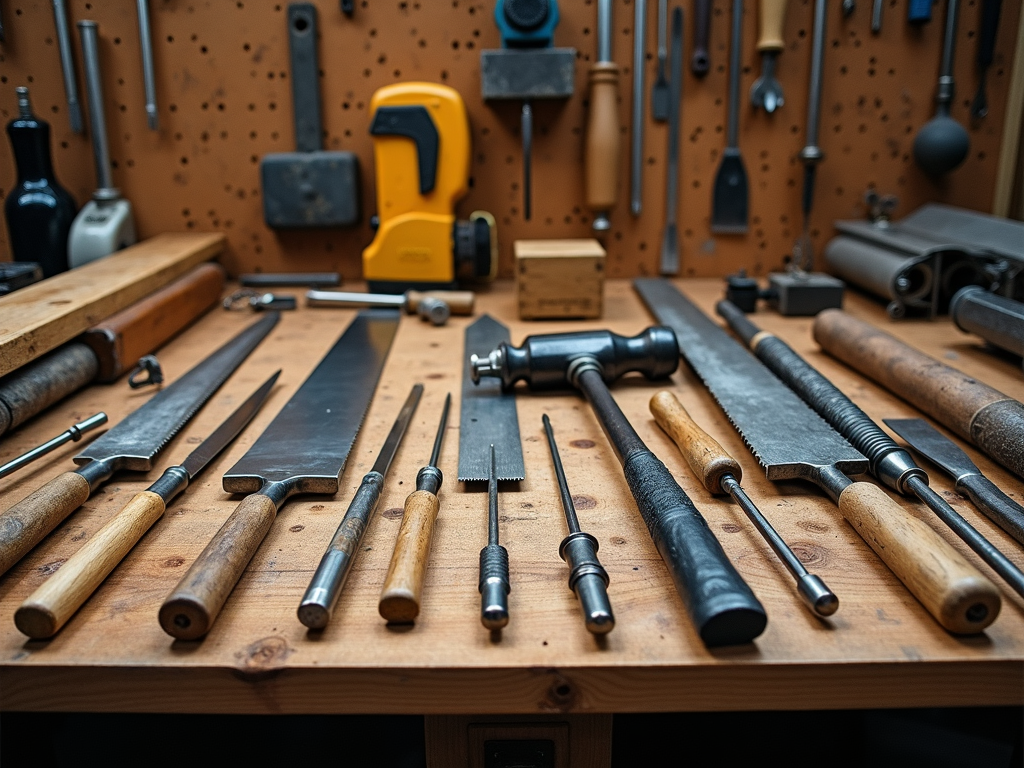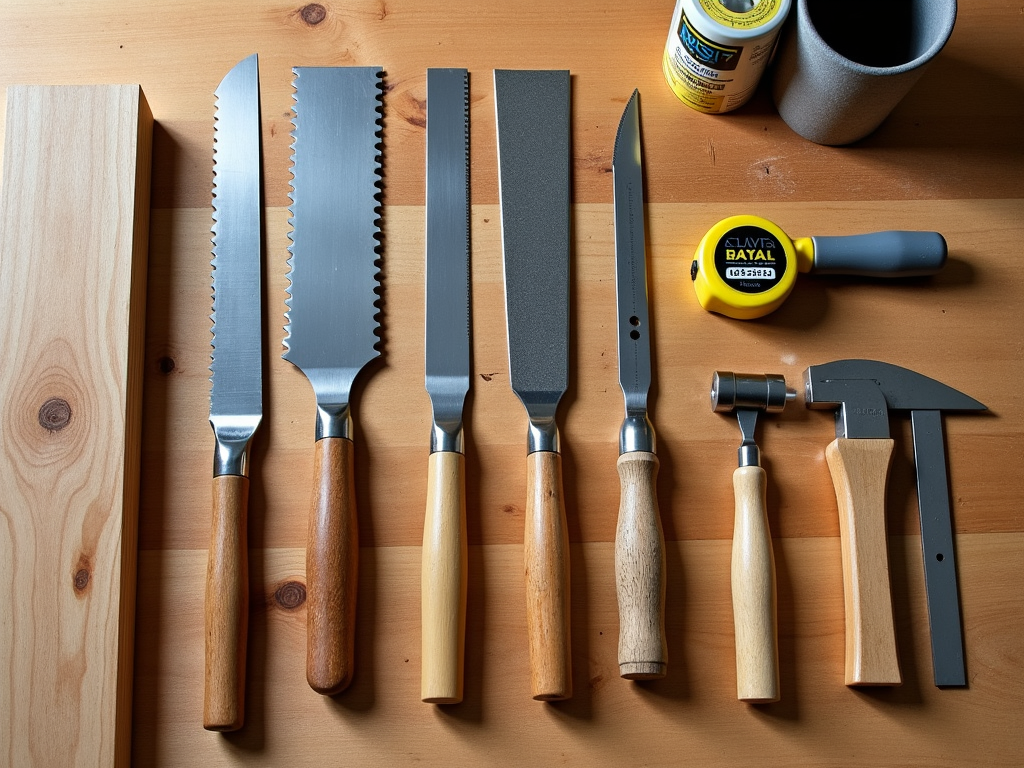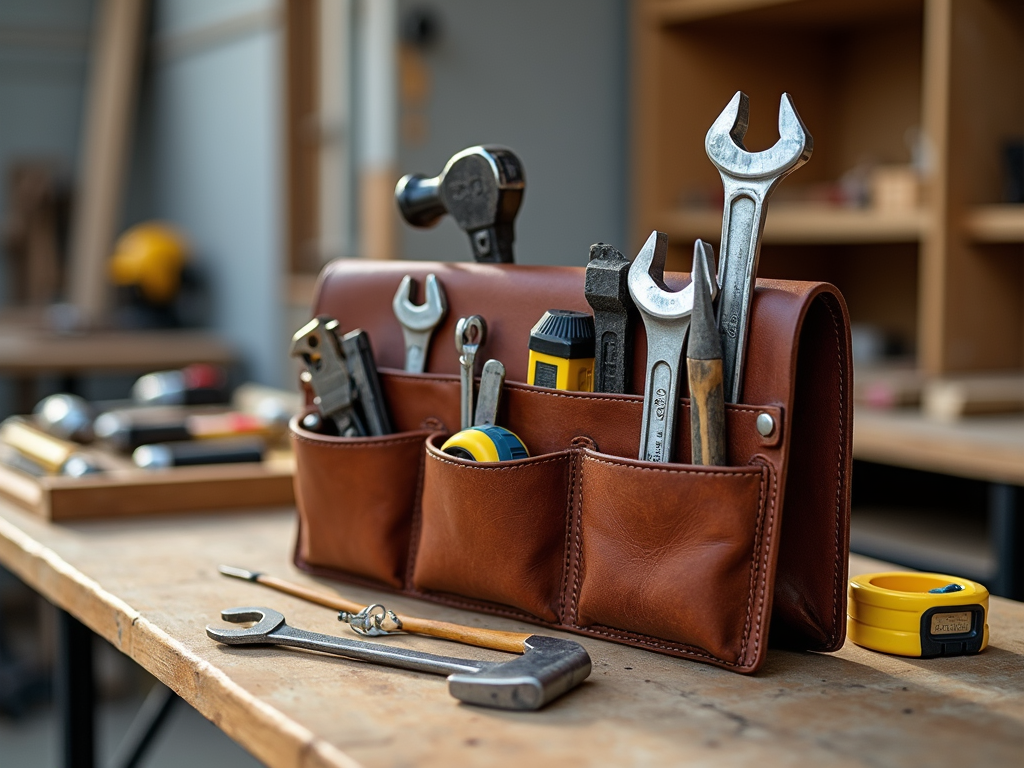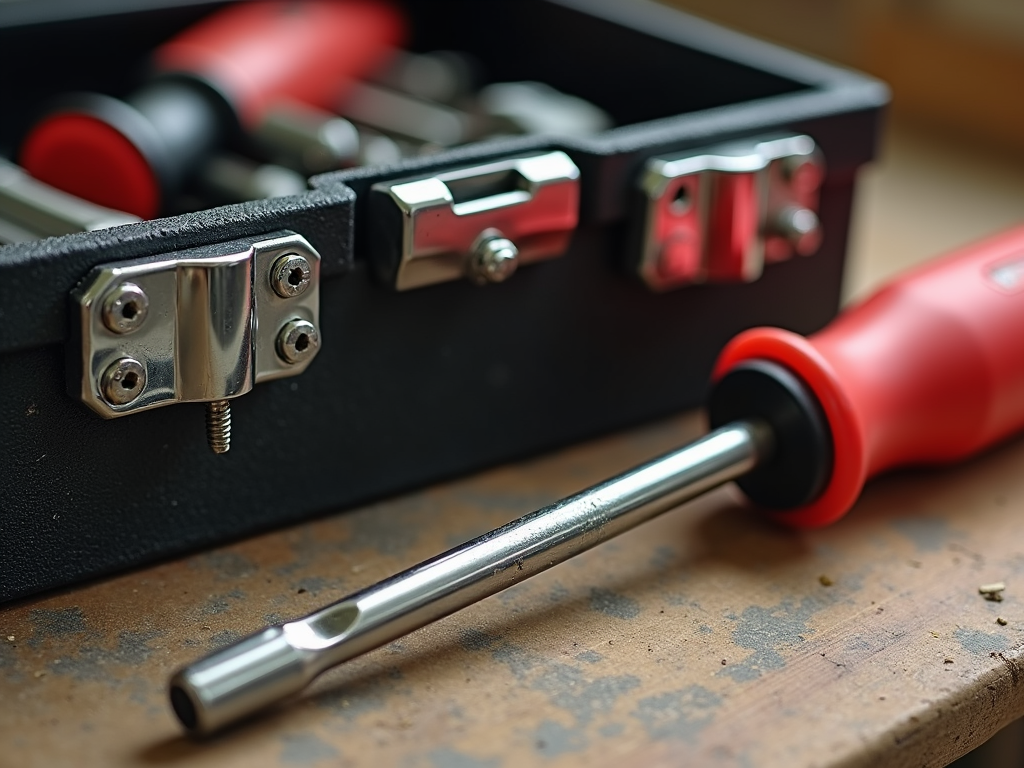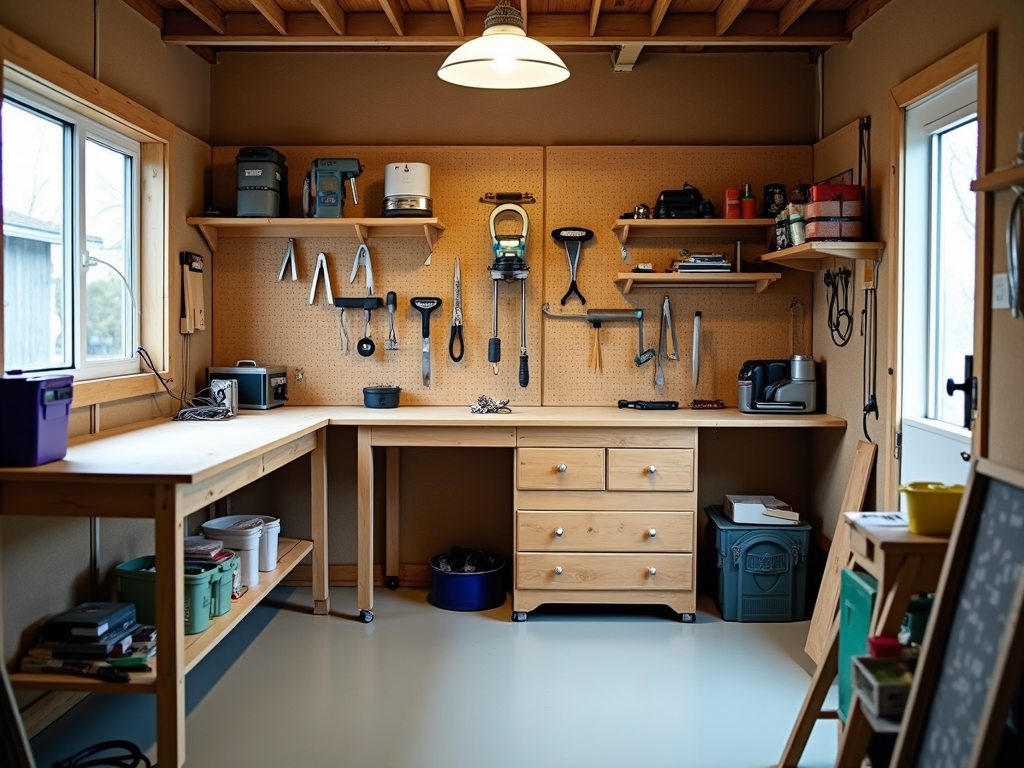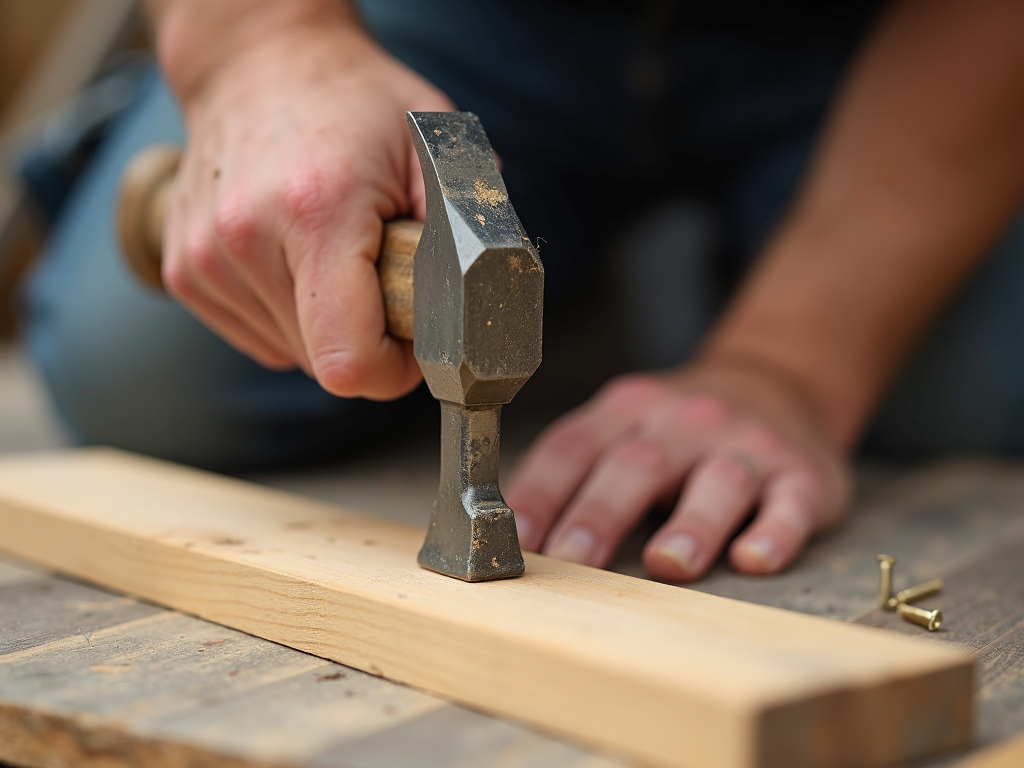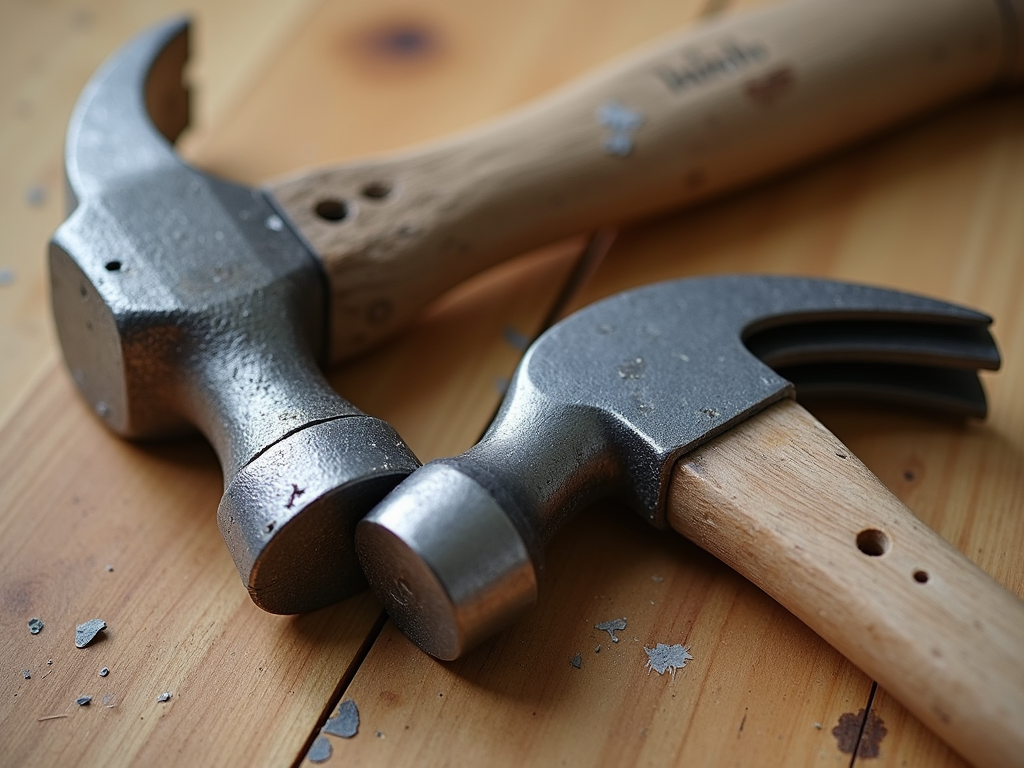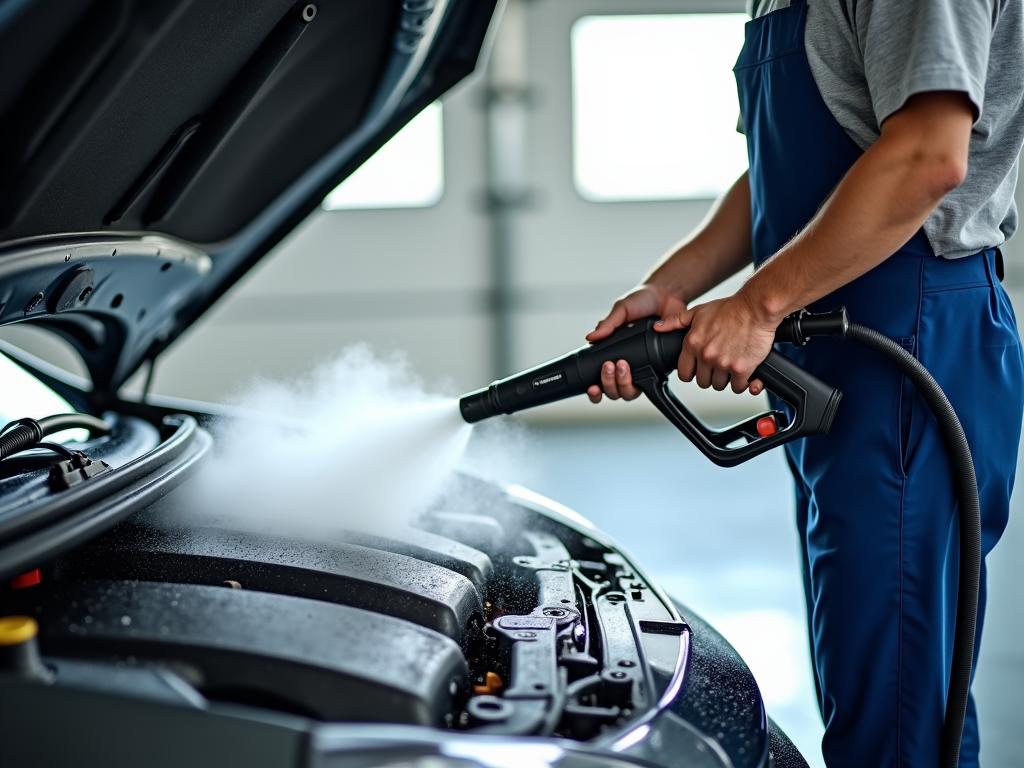Hammers are everyday tools found in homes and workplaces alike, but their design and how you use them can make a big difference in safety and efficiency. In this article, we’ll cover Hammer Basics: Design and Safety Tips to help you work smarter and stay injury-free. Let’s dive into what makes hammers tick and how to handle them right.

What Are Hammers and Their Types?
Hammers are simple tools designed to drive nails, break things apart, or shape materials. But not all hammers are the same. Here’s a quick rundown of the main types:
- Claw Hammer: Great for driving nails into wood or pulling them out with its curved end.
- Ball-Peen Hammer: Perfect for metalwork, like shaping steel or setting rivets.
- Sledgehammer: Built for heavy jobs, such as smashing concrete or driving stakes.
Each type has a purpose. Using the wrong one—like a claw hammer for metal—can slow you down or even hurt you. Knowing these basics sets the stage for safer, smarter work.
Why Hammer Design Matters
A hammer’s design isn’t just about looks—it affects how well it works and how safe it is. Here’s what to focus on:
- Handle Material: Wood handles are classic but can splinter. Fiberglass absorbs shock better, cutting down on hand strain. Steel is tough but heavy.
- Head Weight: A heavy head packs more punch for big nails, while lighter heads give you control for small tasks.
- Grip: A comfy, non-slip grip keeps your hand steady and reduces blisters.
Good design ties into understanding hammer dynamics and ergonomics. A well-made hammer feels right in your hand and helps you get the job done without wearing you out.

Top Safety Tips for Using Hammers
Hammers might seem straightforward, but misuse can lead to banged fingers or worse. Here’s how to stay safe:
- Gear Up: Wear safety glasses to shield your eyes from flying bits. Gloves protect your hands and improve grip.
- Pick the Right Tool: Match the hammer to the job. Don’t use a sledgehammer for tiny nails—it’s overkill and risky.
- Check Your Hammer: Look for cracks in the handle or a wobbly head. Fix or replace it before you start.
- Swing Smart: Grip the handle near the end for power and aim straight. Crooked hits can make the hammer slip.
These steps are key to preventing injuries with smart tool choices. Most hammer mishaps—like smashed thumbs or eye injuries—happen when people skip these basics.
How Tool Design Impacts Worker Health and Efficiency
A hammer’s design doesn’t just help you work—it affects your body, too. Hammers with shock-absorbing handles cut down on the jolt to your arm, which can prevent aches over time. Lighter hammers reduce tiredness, letting you keep going longer.
The National Institute for Occupational Safety and Health (NIOSH) found that ergonomic tools lower the risk of muscle and joint problems. Check out their full report on ergonomic tool design. Smart design isn’t a luxury—it’s a game-changer for health and output.

Picking the Perfect Hammer
Choosing the right hammer means thinking about what you’re doing and how it feels. Here’s a guide:
- Match the Task: Claw hammers for wood, ball-peen for metal, sledgehammers for demolition.
- Think About Materials: For soft stuff like drywall, use a hammer with a gentle face—like rubber—to avoid dents.
- Test the Feel: Grab a hammer that’s easy to hold and not too heavy for you.
This approach ties into how tool design impacts worker health and efficiency. A hammer that fits your hand and the job makes work smoother and safer.
A Lesson from Experience
I’ve learned the hard way that the wrong hammer can mess things up. Years ago, I grabbed a claw hammer to pound some metal brackets. The head bent, and I bruised my hand when it slipped. It was a wake-up call. Now, I swear by my fiberglass-handled claw hammer—it’s light, absorbs shock, and hasn’t let me down on carpentry jobs. Real-life moments like that show why design and choice matter.
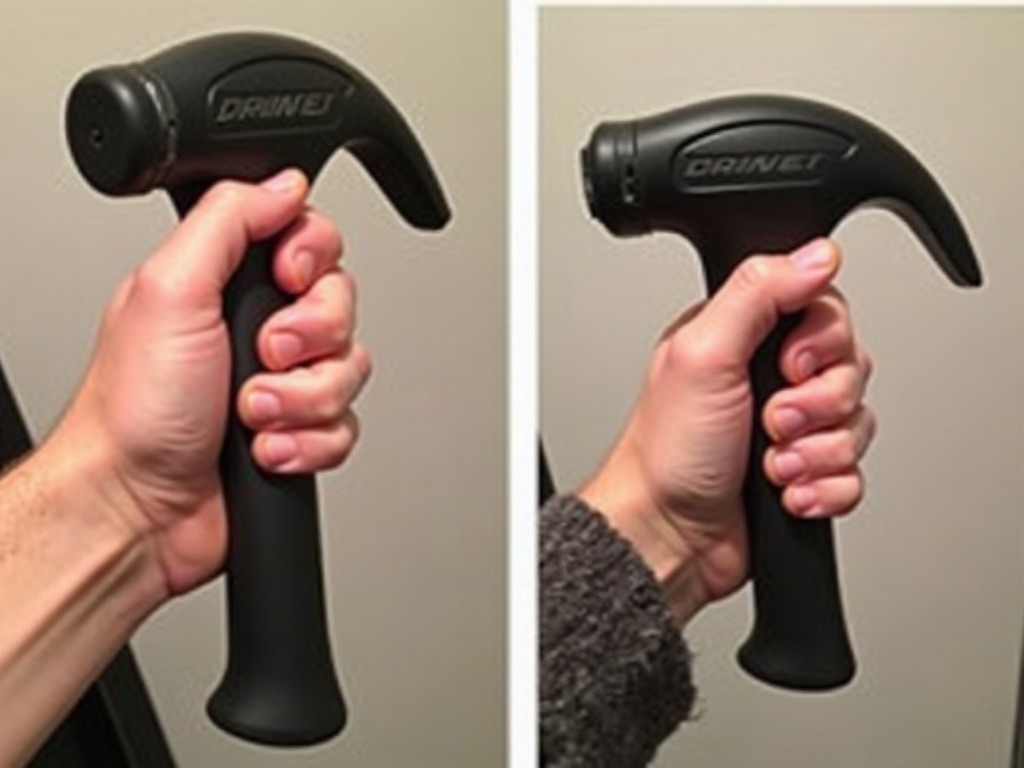
Hammer Maintenance 101
A good hammer lasts longer and works safer if you take care of it. Here’s what to do:
- Inspect Regularly: Look for loose heads or worn handles. Tighten or replace parts as needed.
- Clean It: Wipe off dirt and rust with a cloth and some oil to keep it smooth.
- Store Smart: Hang it up or keep it in a dry toolbox to avoid damage.
A little upkeep goes a long way in keeping your hammer reliable and safe.
Common Hammer Injuries and How to Avoid Them
Hammer injuries aren’t rare—think smashed fingers, bruised hands, or debris in the eyes. The Occupational Safety and Health Administration (OSHA) notes that hand tools cause thousands of injuries yearly, many preventable. See their safety guide at OSHA’s Hand Tool Safety. Stick to the safety tips above, and you’ll dodge most trouble.
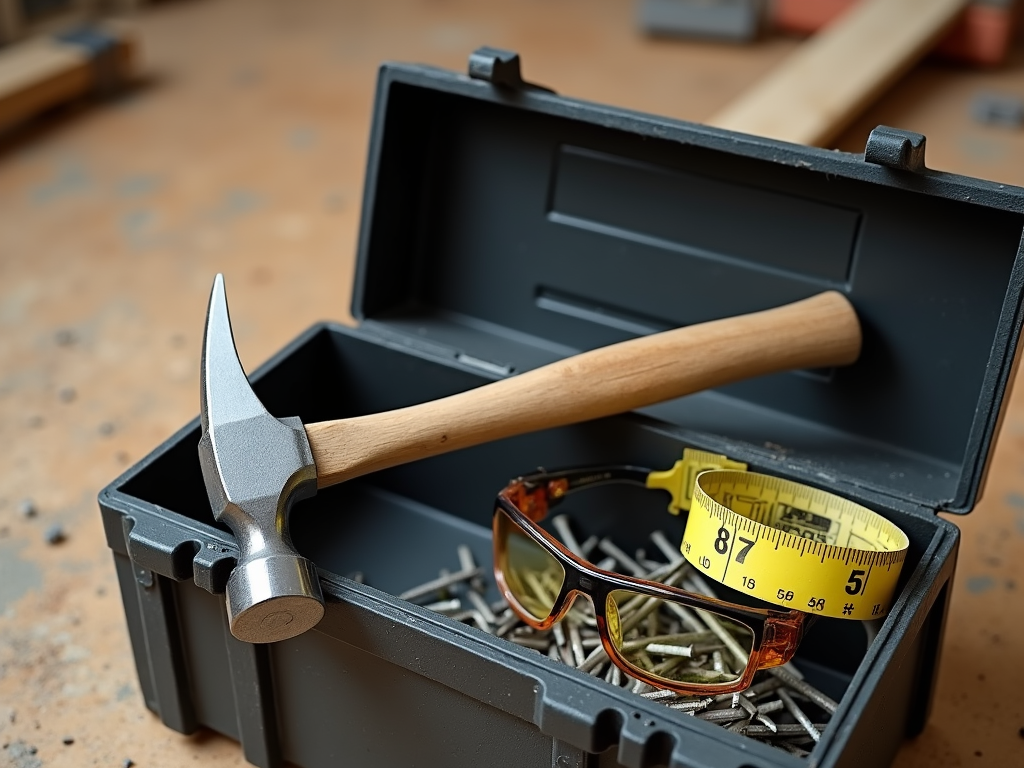
Wrapping It Up
Hammers are simple but powerful tools. By mastering Hammer Basics: Design and Safety Tips, you can work faster, safer, and smarter. Pick the right hammer, use it properly, and keep it in good shape. Focus on design and ergonomics to protect your health and boost efficiency. A little know-how goes a long way.
Related Hammer Basics: Design and Safety Tips:
- Top 10 Must-Have Tools for Every Mechanic
- Essential Workman Tools for Everyday Use: A Comprehensive Guide
- Woodworking Basics: Getting Started with Quality Tools
- Essential Safety Practices for Workshops: A Comprehensive Guide
- The Role of Technology in Modern Workshops
- Mastering the Craft: Essential Workman Tools for Professional Builders
- Guide to Table Saw Blades for Every Cut
- Tool Maintenance: Tips for Longevity
- Maximizing Space in a Small Workshop
- Advanced Hammer Techniques for Experienced DIYers
- Why Tool Care Keeps You Safe: Essential Tips for Construction Workers
- Power Tools for Automotive Repair: A Comprehensive Guide

